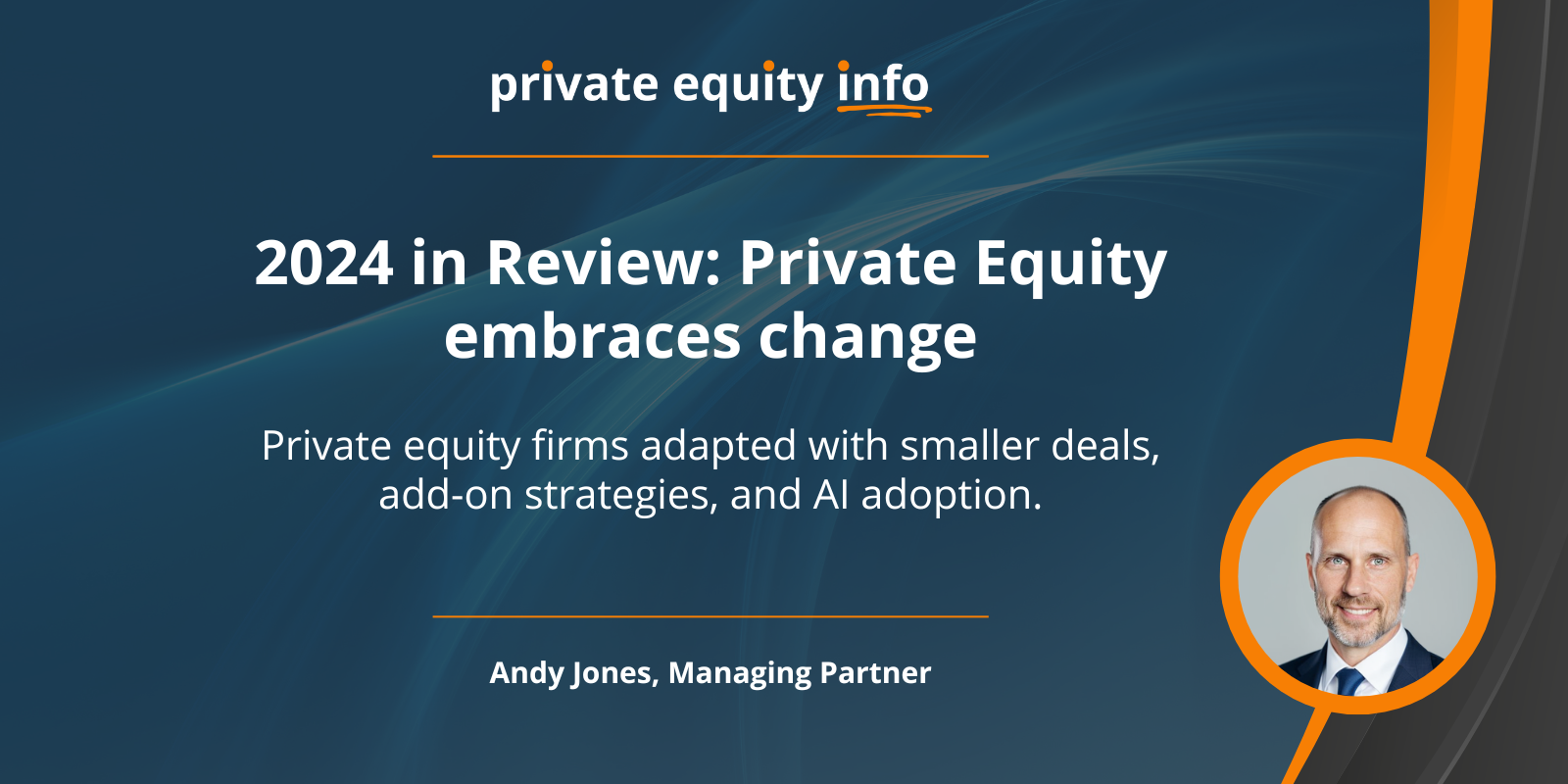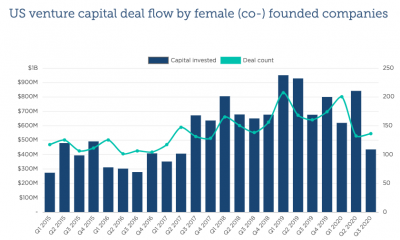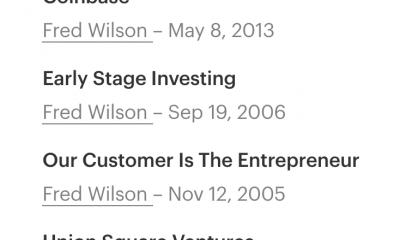Private Equity firms
Dealmaking teams are getting larger as private equity matures
.png)
[ad_1]
Private equity firms differ substantially in size as measured by factors like fund size, assets under management, or the number of portfolio companies, employees, or dealmakers. For the latter category, we define a dealmaker as an investment professional with the title of Vice President or higher, which excludes junior staff and support roles.
![]()
[ad_2]
Source link
Private Equity firms
The Top 25 Private Equity firms by Portfolio Company holdings

[ad_1]
We recently analyzed private equity firms portfolio company data to determine which firms are holding the most companies.
![]()
[ad_2]
Source link
Private Equity firms
Add-ons continue to outpace platform acquisitions after COVID

[ad_1]
From steady growth to pandemic-driven surges, private equity acquisitions have shifted from a platform-dominated market to a post-COVID era where add-ons now lead the charge.
![]()
[ad_2]
Source link
Private Equity firms
2024 in Review: Private Equity embraces change

[ad_1]
Private equity activity in 2024 reflected a strategic pivot driven by evolving macroeconomics and market dynamics. The landscape was characterized by strategic adaptation and the growing influence of technology. Firms that embraced these changes – focusing on smaller deals, leveraging add-on strategies, and harnessing the power of AI – positioned themselves to thrive in an increasingly complex and competitive market.
Key Themes
Smaller deals experienced a significant resurgence as firms shifted their focus toward lower-risk investments in uncertain times, a strategy driven by prudence. These smaller transactions allowed private equity firms to continue deploying capital, albeit at a slower pace, to ensure long-term resilience. This cautious recalibration of the pace of new investments highlighted the industry’s ability to respond to economic uncertainties without sacrificing growth opportunities.
Add-on investments remained a dominant theme,solidifying their role as a practical avenue for expansion and a strategic pillar for growth. By concentrating on bolt-on acquisitions in 2024, private equity firms achieved scale and efficiency while sidestepping the risks associated with large platform deals during an opaque economic environment. The emphasis on add-ons underscored a shift toward more targeted acquisitions, capitalizing on multiple expansion as a value creation strategy.
Longer holding periods for portfolio companies were thematic to 2024, reflecting a balancing act between investor expectations and operational realities. While extended timelines presented challenges for fundraising (as invested capital cycled more slowly back to LPs across the PE landscape), they also provided opportunities to implement deeper operational improvements to unlock greater value over time.
Adoption of artificial intelligence and machine learning emerged as a catalyst for innovation within private equity. While still in the early stages, PE firms began leveraging AI tools to streamline deal sourcing, automate data analysis, and enhance market trend predictions. Despite these advances, the potential of AI within dealmaking remains largely untapped and will continue to be a cornerstone of private equity innovation and gains in operational efficiencies, first by the PE firms themselves, and further as AI is adopted by the portfolio companies’ operations and workflows.
Private Equity Info’s Best Articles from 2024
![]()
[ad_2]
Source link
-

 Venture Capitalist Firms5 years ago
Venture Capitalist Firms5 years agoA Failing Grade
-

 Venture Capitalist Firms5 years ago
Venture Capitalist Firms5 years agoSome Email Stats
-

 Venture Capitalist Firms4 years ago
Venture Capitalist Firms4 years agoMost Read Blog Posts
-

 Investors5 years ago
Investors5 years agoShifting corporate responsibility to consumer resilience
-

 Investment5 years ago
Investment5 years agoChinese Government Bonds: The Elephant in the Room
-

 Investors5 years ago
Investors5 years agoLast Days of The True Tiger Blog!!
-

 Venture Capitalist Firms2 years ago
Venture Capitalist Firms2 years agoDear SaaStr: What Percentage of Software Sales Reps Have Earned Over $1m a Year?
-
Venture Capitalist Firms5 years ago
Investing In Learning





